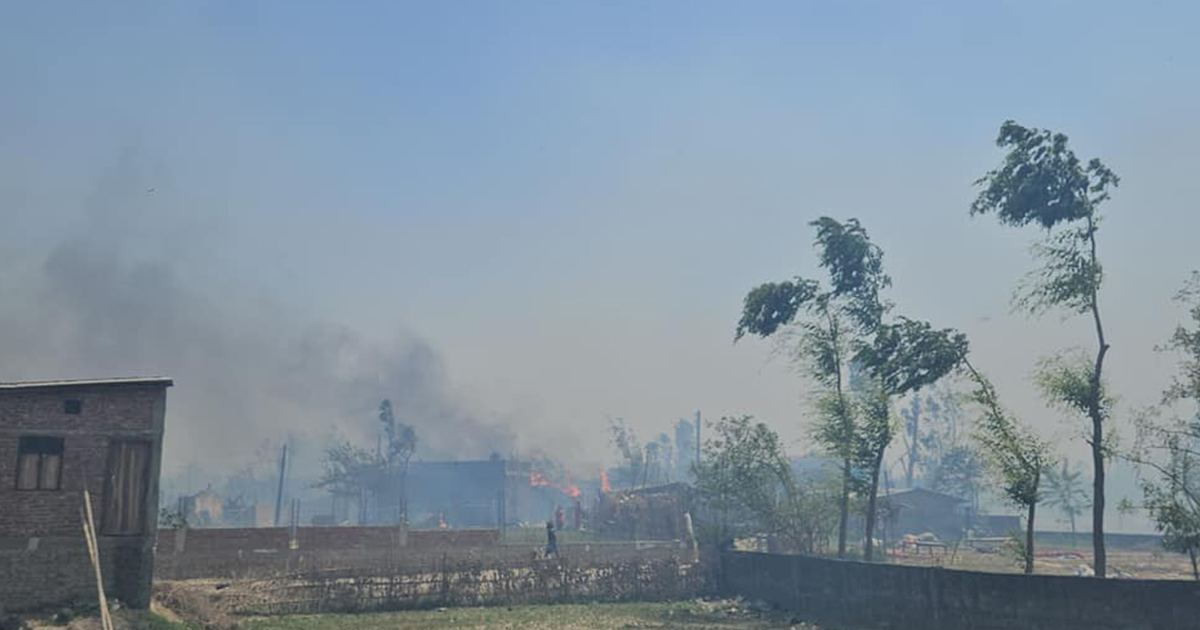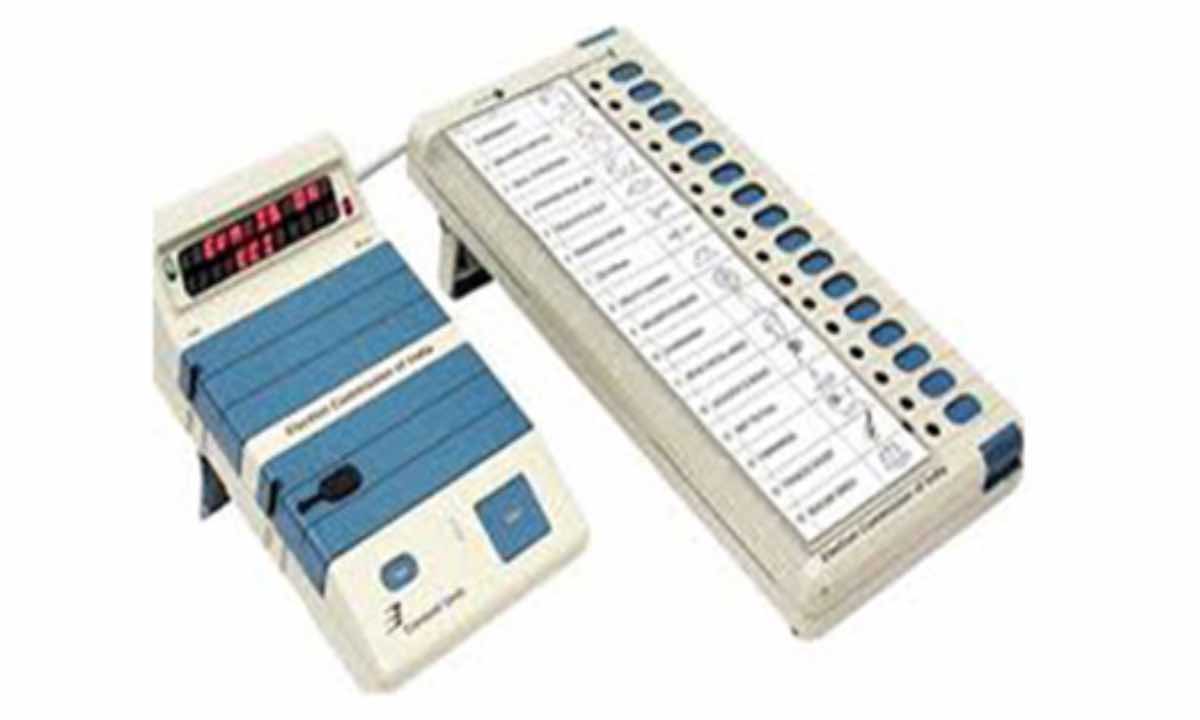
OR
Remittance growth slows to 3.2 percent
Published On: November 19, 2016 12:10 AM NPT By: Republica | @RepublicaNepal
Nepal received Rs 171.8 billion in the first quarter
KATHMANDU, Nov 19: Remittances inflow grew by only 3.2 percent in the first quarter of the Fiscal Year 2016/17 compared to 24 percent growth rate in the corresponding period of the last fiscal year.
The 'Current Macroeconomic and Financial Situation of Nepal (Based on Three Months' Data of 2016/17)' released by the Nepal Rastra Bank (NRB) on Friday shows that the country received a total of Rs 171.8 billion as remittances in the first quarter of the current fiscal year compared to Rs 166.42 billion in the same period in the last fiscal year.
Economists say that the remittance, an important mainstay of the economy, is observing decline in recent months mainly due to the fall in the number of workers going for foreign employment. Operators of recruiting firms the attribute collapse of fuel price, which is the major source of revenue for the Middle-East countries and Malaysia where Nepali workers mostly go for employment, to the decline in the number of workers and ultimately remittances inflow. They also say that the recently introduced 'free-visa, free-ticket' system for foreign bound workers have also contributed to the slowdown of workers' departure as “they cannot bring demand for workers under such condition”.
According to the data, the number of Nepali workers seeking foreign employment, based on final approval for foreign employment, decreased by 16.1 percent in the first three months of 2016/17. A total of 95,193 aspiring workers acquired work permit in the review period, down from 113,515 workers in the same period of the last fiscal year.
The central bank, however, has remained upbeat over the economic growth outlook in the periodic report. "The boost in summer crops on the back of favorable monsoon, better than last year's industrial capacity utilization, an upsurge in services sector and a pickup in credit off-take have potentially improved the economic growth outlook," reads the report. "However, acceleration in capital spending and reconstruction related activities are the key to unlock the growth potential going forward."
Inflation moderating to 6.7 percent in mid-October, down from double-digit levels in the same period of last year, return to the Balance of Payment (BoP) surplus position, high revenue collection, and pickup in capital expenditure are some of the major highlights of the report.
You May Like This

Remittance growth slows on drop in number of outbound workers
KATHMANDU, March 18: Growth rate of remittances inflow continued to decline in the first seven months of the current fiscal year. Read More...

Remittance growth slows
KATHMANDU, Aug 26: The number of people going abroad to work fell last year, pushing the growth rate of remittance inflow... Read More...

OPPO recorded 133 percent sales growth in 2016
KATHMANDU, Feb 9: OPPO smartphones recorded 133 percent year-on-year growth in 2016, according to a latest result from independent research... Read More...




Just In
- District Court Rautahat sentences four individuals including Aftab Alam to life imprisonment
- Class 12 exam starts today with participation of over 390,000 candidates
- Weather expected to be partially cloudy in hilly areas, clear in remaining areas
- Navigating the Digital Diplomacy Divide: Balancing Tradition and Technology in Global Relations
- Youth attempts suicide amid police torture over Facebook comments against home minister
- Time to declare EVMs’ end
- World Malaria Day: Foreign returnees more susceptible to the vector-borne disease
- MoEST seeks EC’s help in identifying teachers linked to political parties













Leave A Comment